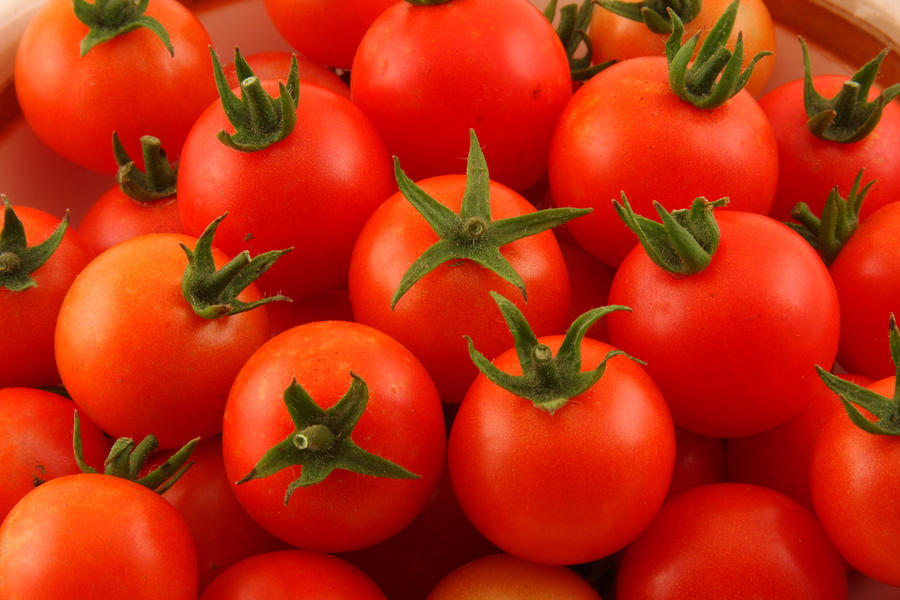
Lydia Zuraw summarized the changes made in her Food Safety News article of September 19th:
"Some of the most technical challenges to implementing the Act involve the produce safety rule. In the new language,
- FDA changes the microbial standard for water that is directly applied during the growing of produce,
-proposes a tiered and more targeted approach to testing each source of untreated water,
-removes the nine-month interval for between application of raw manure and harvest of a crop (deferring a decision on an appropriate interval until it conducts more research),
-eliminates the 45-day minimum application interval for compost, and
-redefines a “farm” so that farms that pack or hold food from neighboring farms won’t be subject to both the produce rule and the preventive controls for human food rules."
Taking a closer look at a couple of these, this means compost use is being encouraged (since farmers can apply compost whenever they like and not worry that it's too close to harvesting time) and though raw manure use is not as favored (because, you know, fecal waste and all that), the FDA is clearly making a huge effort to recognize the smelly goodness of "“untreated biological soil amendments of animal origin” and regulate its usage in a rational, respectful way.
The elimination of the nine-month interval between manure application and harvesting makes sense because otherwise organic farmers cannot rotate crops (presumably calling for different growth and harvesting intervals than 9 months) and must fall in line to the conventional routine of planting the same thing in the same spot.
Ironically, the biodiversity that crop rotation encourages can increase crop yield in the long run by improving soil nutrient levels and resistance to erosion, weeds and insects. Presumably this is because no one insect or weed "scavenger" population is allowed to thrive for too long since their meal keeps changing...I just made that up, but maybe?
For the full Act text, click here
Maya Missaghi, J.D. expected January 2015, William Mitchell College of Law
photo credit: http://www.123rf.com/photo_14295589_farmer-works-with-manure-at-farm.html

